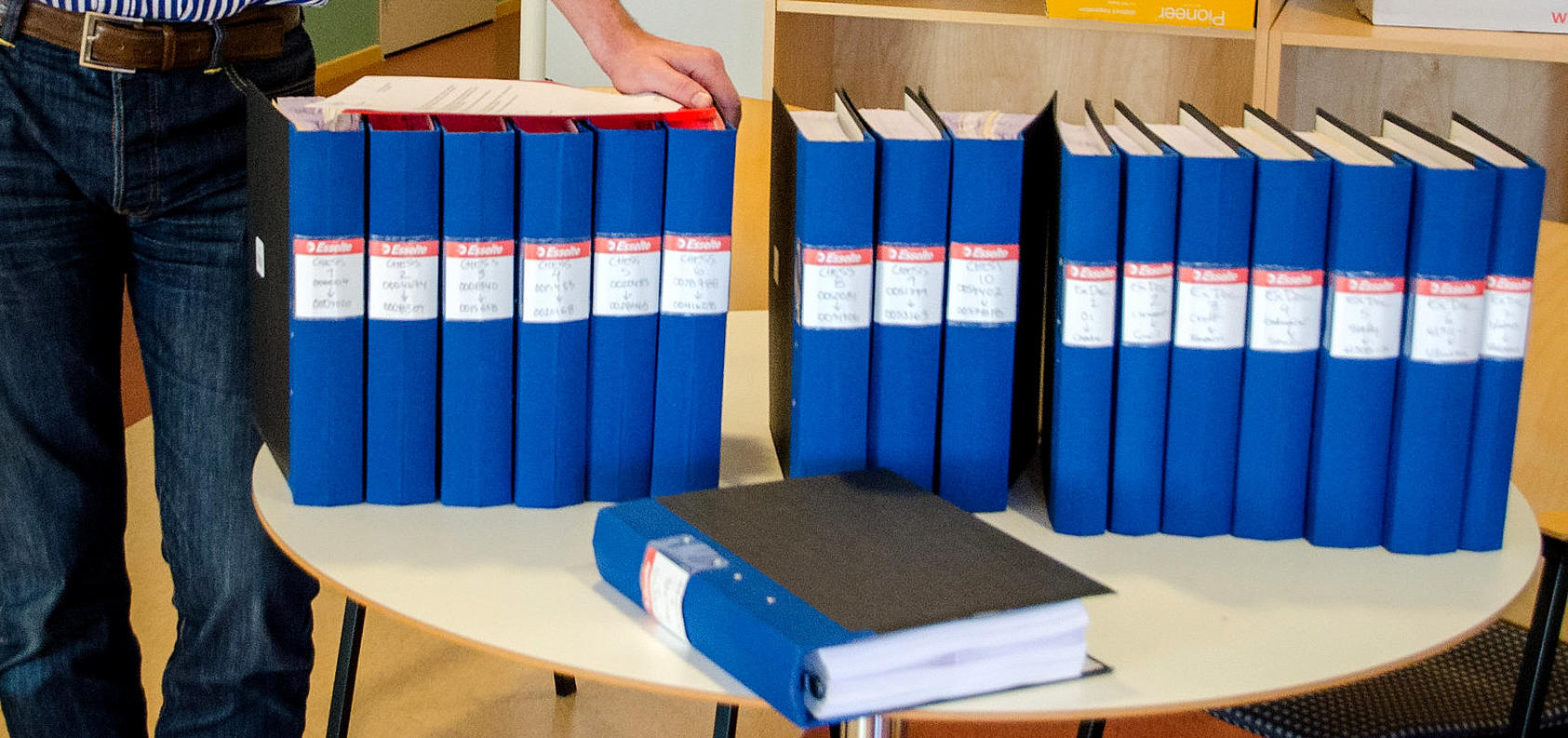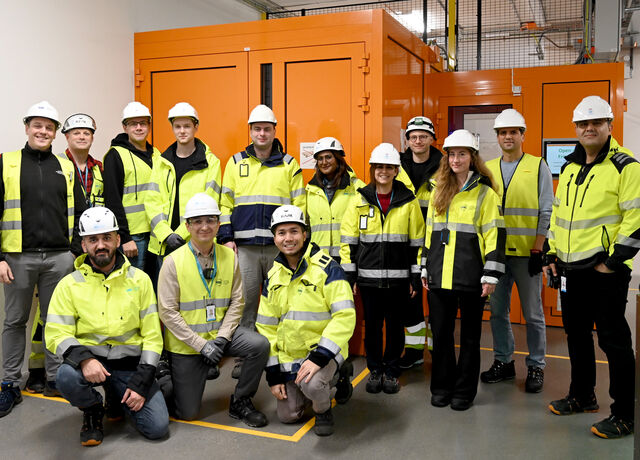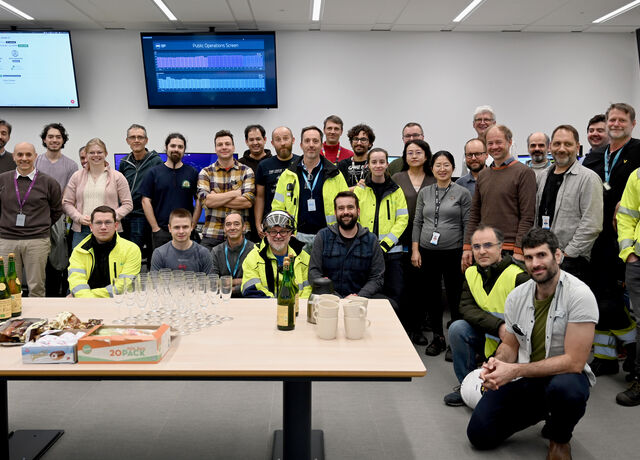Licensing & Planning

The licensing of the ESS facility follows three main paths: a license in accordance with the Swedish Radiation Protection Act; a permit in accordance with the Swedish Environmental Code; and a building permit in accordance with the Swedish Planning & Building Act.
The ESS facility design will meet the high standards of safety expected by its users and its personnel, and fulfil all regulatory requirements. These standards apply to aspects of safety such as radiation, fire, cryogenics, chemicals, heavy loads, and other hazardous aspects or situations. The security of the facility will be designed to meet the in-house security rules and regulatory requirements, as well as the needs of individual users and personnel, so that all may work in an open and friendly atmosphere.
The Licensing Process
According to the Swedish Radiation Protection Act, all facilities that generate ionising radiation must hold a license to build, commission and operate. This applies equally across the board, from ordinary x-ray machines in hospitals, to research laboratories, to nuclear facilities.
The licensing process will be implemented in a graded approach. As such, the Swedish Radiation Safety Authority (SSM) initially review the permissibility of ESS being built at the chosen site, resulting in a permit to start construction. Later in the process, applications will be processed and permits issued for installation, commissioning, and finally for normal operation. The graded approach can be summarised like this:
ESS application for permit for construction |
→ |
SSM reviews the location of ESS outside of Lund |
ESS application for installation & commissioning |
→ |
SSM reviews the detailed construction - the inspections start |
ESS application for test operations |
→ |
SSM reviews ESS as whole, lays down specific requirements for operations |
ESS application for initial/full operations |
→ |
SSM issues an operations licence |
On 15 March 2012, ESS submitted an application to SSM for permission to build the facility - an important milestone for the project as a whole. The application consisted of the legal application, a Preliminary Safety Analysis Report (PSAR), and an Environmental Impact Assessment (EIA).
July 2014: Swedish Radiation Safety Authority (SSM) grants ESS conditional approval allowing construction of the research facility to commence
15 September 2016: ESS and SKB Agreement on Radioactive Waste Disposal
4 May 2016: ESS submits new application to the Swedish Radiation Safety Authority (SSM)
30 June 2017: European Spallation Source receives an installation permit from the Swedish Radiation Safety Authority (SSM)
19 October 2017: the Swedish Radiation Safety Authority (SSM) approves the safety classification submitted by ESS as complementary information to the conditional Installation permit received that June, covering the accelerator, klystron and target buildings. This safety classification framework provides ESS with a set of rules organised in five categories of Systems, Structures and Components:
1. Mechanical
2. Electrical and Instrumentation & Control
3. Civil Structure
4. HVAC
5. Lifting Equipment
20 June 2018: the Swedish Radiation Safety Authority (SSM) grants ESS a permit for trial operation of the accelerator's ion source and calibration sources.
ESS now has the necessary permits from SSM and the Environmental Court to start the commissioning phase. The next step is a Safety Readiness Review (SRR) of the ion source, to be carried out in July 2018.
In accordance with the Swedish Environmental Code, ESS requires a formal ruling from the Swedish Environmental Court (EC). ESS submitted an Environmental Impact Assessment (EIA) as well as a formal application to the EC. This assessment covered issues such as noise, emissions, and other non-radiation environmental impact factors, and the application covered both construction and operations. It also included impacts on the landscape, geology, and water supply, as well as effects on local communities.
On 15 March 2012, ESS submitted its formal application to the EC in accordance with the Swedish Environmental Code. The application included the legal application, a Technical Description, an Environmental Impact Assessment, and a summary of the PSAR.
After two years of preparation and complementary information, the EC held its formal hearing on 24-25 April 2014 in Lund, and approved ESS's construction plans in June 2014.
In accordance with the Swedish Planning and Building Act, ESS needs a formal building permit from Lund Municipality.
In order to obtain a building permit, the ESS site required a new Detailed Plan (DP), approved by the Council of Lund (the highest political forum in the city). The Planning Office in Lund Municipality (Stadsbyggnadskontoret) is the organisation responsible for developing a DP, and also the responsible authority to approve and grant building permits.
In March 2013, Lund Municipality approved the final version of the Detailed Plan for the ESS site.
Since the ESS infrastructure and buildings will be designed and built in different steps, ESS will use a staged approach for building permit applications.




























